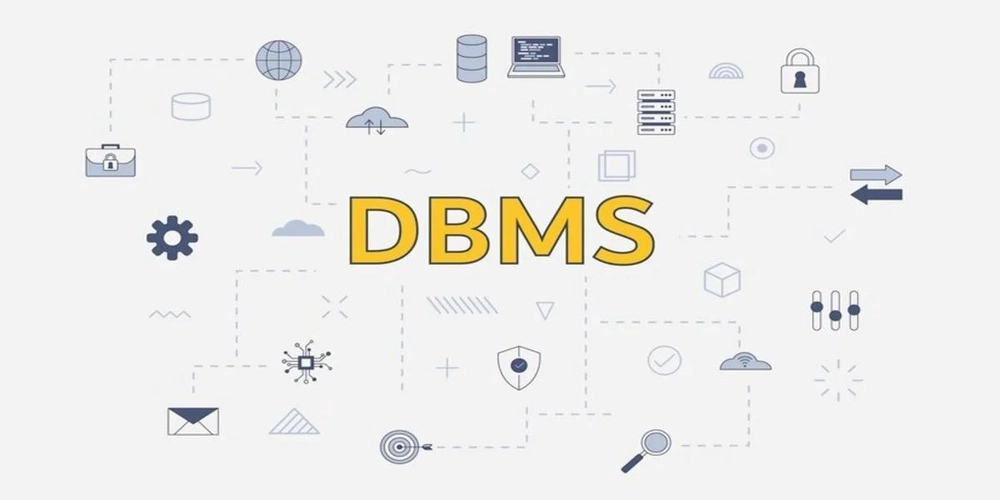Just Enough Linux
sudo apt update # updates the package list from repositories (does not install) sudo apt upgrade -y # upgrades all upgradable packages (-y auto-confirms) Install utility sudo apt install open-vm-tools # installs essential VMware guest utilities sudo apt install open-vm-tools-desktop # installs GUI support for VMware tools linux boot process BIOS # Basic Input/Output System: performs hardware checks (POST), then hands off to bootloader BOOTLOADER # e.g., GRUB: loads the kernel into memory KERNEL # Core of the OS: manages hardware, memory, processes, and drivers INIT # Initializes system processes (now typically systemd) LOGIN # User authentication screen or shell prompt Check the shell you are using which $SHELL Writing script create a script file called test.bash touch test.sh And paste: echo "hello world" Run by typing zsh test.sh Or run with ./test.sh You can write any linux command echo "hello world" ls date Linux command pwd - print working directory whoami - display current username history - show all commands that have been used date - current date time man - manual (man pwd, man date) who - shows who is logged in w - same as who sudo su - login as a super user Variable NB: ensure no space between the var and equal to sign var="abayomi" echo $var mathematical operation for operations use (()) num1=8 num2=9 num3=$((num1 + num2)) echo $num3 Take input from users echo "enter first number: " read var1 echo "enter second number: " read var2 answer=$((var1 + var2)) echo $answer Shell scripting if you don write the shell to use your os will take the default #!/bin/zsh echo "hello james" to give it executabel rights chmod 755 test.sh A script to create a nodejs app #!/bin/zsh echo "

sudo apt update # updates the package list from repositories (does not install)
sudo apt upgrade -y # upgrades all upgradable packages (-y auto-confirms)
Install utility
sudo apt install open-vm-tools # installs essential VMware guest utilities
sudo apt install open-vm-tools-desktop # installs GUI support for VMware tools
linux boot process
BIOS # Basic Input/Output System: performs hardware checks (POST), then hands off to bootloader
BOOTLOADER # e.g., GRUB: loads the kernel into memory
KERNEL # Core of the OS: manages hardware, memory, processes, and drivers
INIT # Initializes system processes (now typically systemd)
LOGIN # User authentication screen or shell prompt
Check the shell you are using
which $SHELL
Writing script
create a script file called test.bash
touch test.sh
And paste:
echo "hello world"
Run by typing
zsh test.sh
Or run with
./test.sh
You can write any linux command
echo "hello world"
ls
date
Linux command
pwd - print working directory
whoami - display current username
history - show all commands that have been used
date - current date time
man - manual (man pwd, man date)
who - shows who is logged in
w - same as who
sudo su - login as a super user
Variable
NB: ensure no space between the var and equal to sign
var="abayomi"
echo $var
mathematical operation
- for operations use (())
num1=8
num2=9
num3=$((num1 + num2))
echo $num3
Take input from users
echo "enter first number: "
read var1
echo "enter second number: "
read var2
answer=$((var1 + var2))
echo $answer
Shell scripting
if you don write the shell to use your os will take the default
#!/bin/zsh
echo "hello james"
to give it executabel rights
chmod 755 test.sh
A script to create a nodejs app
#!/bin/zsh
echo " 












































































































































































![[The AI Show Episode 144]: ChatGPT’s New Memory, Shopify CEO’s Leaked “AI First” Memo, Google Cloud Next Releases, o3 and o4-mini Coming Soon & Llama 4’s Rocky Launch](https://www.marketingaiinstitute.com/hubfs/ep%20144%20cover.png)
























































































































































![BPMN-procesmodellering [closed]](https://i.sstatic.net/l7l8q49F.png)


























































































-All-will-be-revealed-00-35-05.png?width=1920&height=1920&fit=bounds&quality=70&format=jpg&auto=webp#)
-All-will-be-revealed-00-17-36.png?width=1920&height=1920&fit=bounds&quality=70&format=jpg&auto=webp#)
-Jack-Black---Steve's-Lava-Chicken-(Official-Music-Video)-A-Minecraft-Movie-Soundtrack-WaterTower-00-00-32_lMoQ1fI.png?width=1920&height=1920&fit=bounds&quality=70&format=jpg&auto=webp#)






















































































































![What iPhone 17 model are you most excited to see? [Poll]](https://9to5mac.com/wp-content/uploads/sites/6/2025/04/iphone-17-pro-sky-blue.jpg?quality=82&strip=all&w=290&h=145&crop=1)

















![Hands-On With 'iPhone 17 Air' Dummy Reveals 'Scary Thin' Design [Video]](https://www.iclarified.com/images/news/97100/97100/97100-640.jpg)
![Mike Rockwell is Overhauling Siri's Leadership Team [Report]](https://www.iclarified.com/images/news/97096/97096/97096-640.jpg)
![Instagram Releases 'Edits' Video Creation App [Download]](https://www.iclarified.com/images/news/97097/97097/97097-640.jpg)
![Inside Netflix's Rebuild of the Amsterdam Apple Store for 'iHostage' [Video]](https://www.iclarified.com/images/news/97095/97095/97095-640.jpg)






























































































































